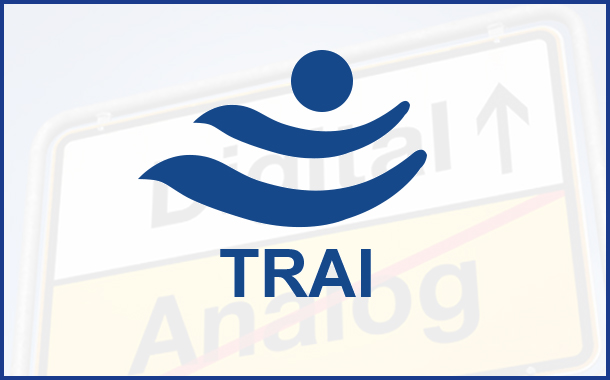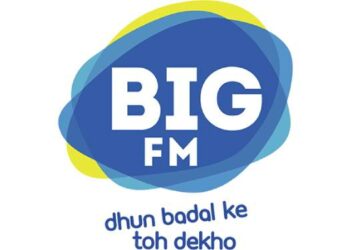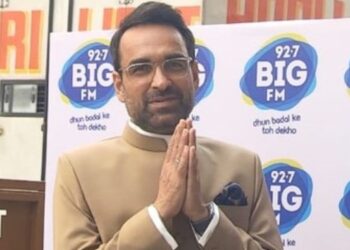New Delhi: While countries like Norway had achieved the launch of 100% Digital Radio by shutting down the FM Radio waves, The Telecom Regulatory Authority of India (TRAI) has set in motion the road-map to roll-out the Digital Radio Broadcasting in India with the release of a detailed recommendations on “Issues related to Digital Radio Broadcasting”.
At present, analog terrestrial radio broadcast in India is carried out in Medium Wave (MW), Short Wave (SW), and VHF—II (FM band) spectrum bands. AIR — the public service broadcaster — has established 467 radio stations encompassing 662 radio transmitters, which include 140 MW, 48 SW, and 474 FM transmitters. Private sector radio broadcasters are licensed to transmit programs in FM frequency band (88- 108 MHz) only and presently operate through 322 radio stations in 86 cities.
The radio signals are largely transmitted in analog mode in the country. Analog terrestrial radio broadcasting, when compared with digital mode, is inefficient and suffers from operational restrictions. Digital Radio broadcasting provides a number of advantages over analog radio broadcasting. In a competitive environment, digital radio broadcasting can provide exciting new opportunities to radio broadcasters as well as a host of value-added—services to the listeners.
In order to develop an eco-system, which can facilitate deployment of digital radio broadcasting, the Telecom Regulatory Authority of India (TRAI) had suo-motu issued a consultation paper on “Issues related to Digital Radio Broadcasting in India” on 10′” July 2017.
On 4th September, 2017 and 18th September, 2017, TRAI invited, written comments and counter comments on the consultation paper based on which an Open House Discussion was also held in New Delhi on 25th October 2017 and has arrived at its recommendations.
Important features of the TRAI’s recommendations are as following:
- Government should notify the policy framework for digital radio broadcasting in India in time bound manner with clear roadmap for rollout of digital radio broadcasting services.
- The WPC wing of DoT should carry out necessary amendments in NFAP- 201 1 for permitting Digital Radio Broadcasting.
- FM broadcasters should provide their services within the existing frequency band of 88 —108 MHz used for FM radio Frequency and geographical area coverage planning for digital radio broadcasting using the vacant 600 KHz spectrum in VHF-II (88 — 108 Mhz) and VHF – III( 174- 230 MHz) bands should be completed by BECIL, AIR and WPC together in a phased manner.
- 200KHz bandwidth spectrum in VHF – II band should be auctioned for providing digital radio broadcasting.
- Auction should be carried out in cities of other categories &after the successful auctionand offer should be made to the existing FM radio broadcasters to get their frequency bandwidth
- For liberalizing of existing spectrum, already allocated to the FM radio broadcasters in Phase -III of FM radio, they will have to pay an amount equal to the difference of auction determined price of equivalent spectrum of digital radio broadcasting in a city and amount paid for allocation of FM radio frequency.
- The broadcasters should be allowed to make use of any available digital technology, recognised by ITU, within the allocated / liberalised spectrum for providing digital radio broadcasting services subject to adaptation, if any by MIB/ TRAI from time to time.
- No digital switch over of radio broadcasting service should be declared at this stage and the existing analog FM radio channels should be allowed to remain operational for the remaining period of their Phase -III permissions. The auction of remaining channels of Phase -III should be done by delinking them from technology. Broadcasters should be permitted to use any technology ( analog or digital or both) for radio broadcasting on the frequency allocated to them through auction in future.
- For initial three years after declaration of digital radio broadcasting policy, the government should grant fiscal incentives in the form of lower tax rates to manufactures of digital radio receivers.
TRAI expects that the recommendations would enable a smooth transition from analog to digital radio broadcasting services, without disruption of the existing FM Radio services.

















